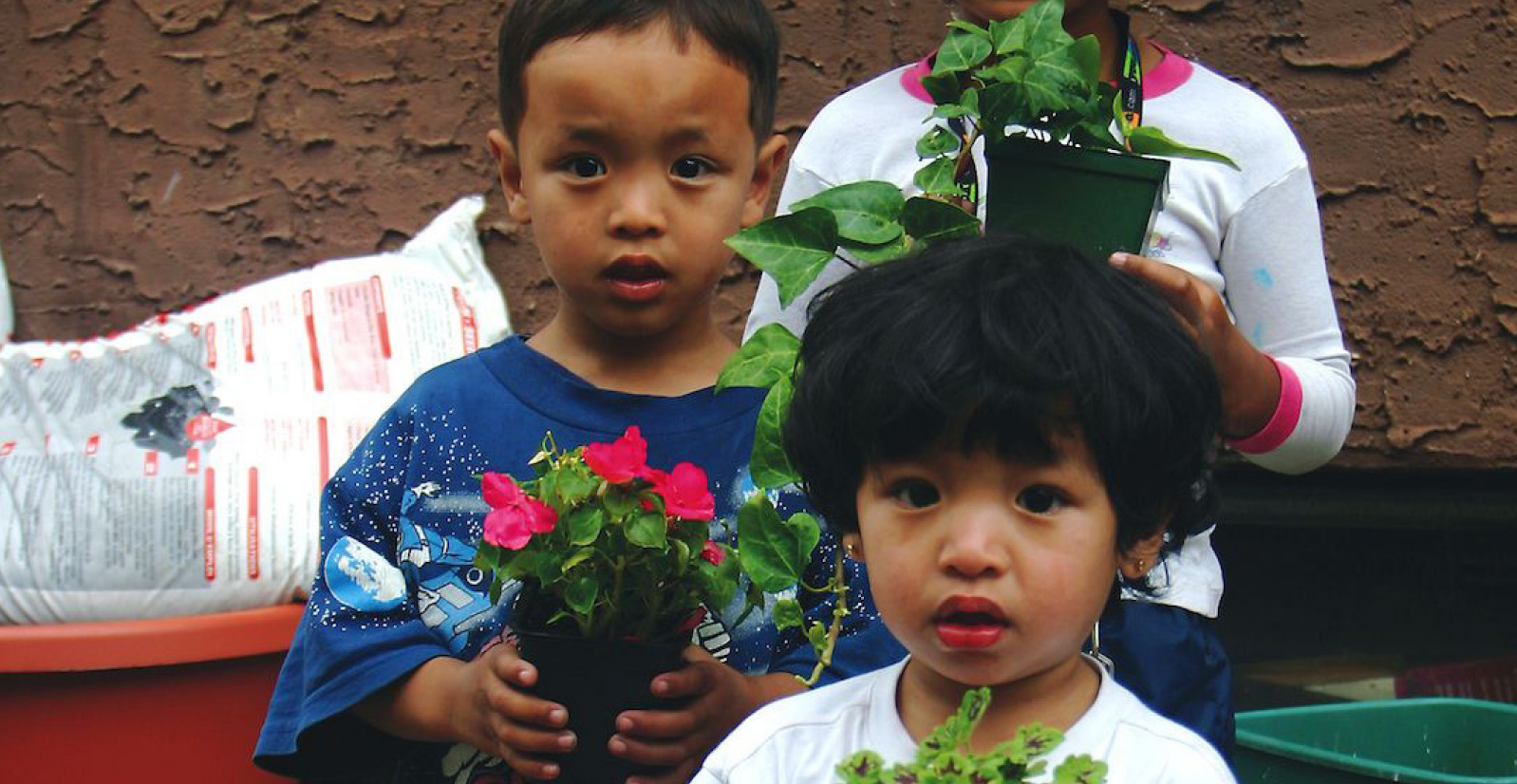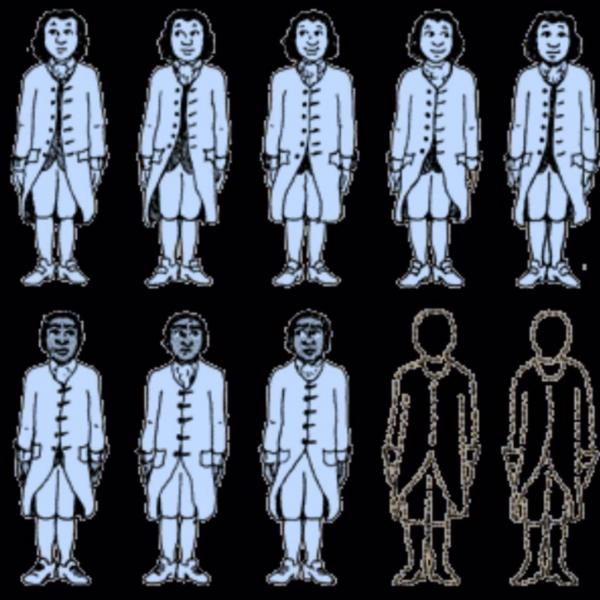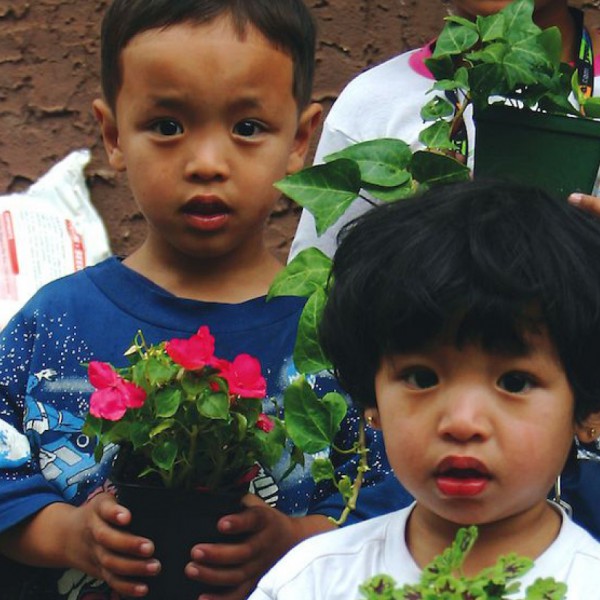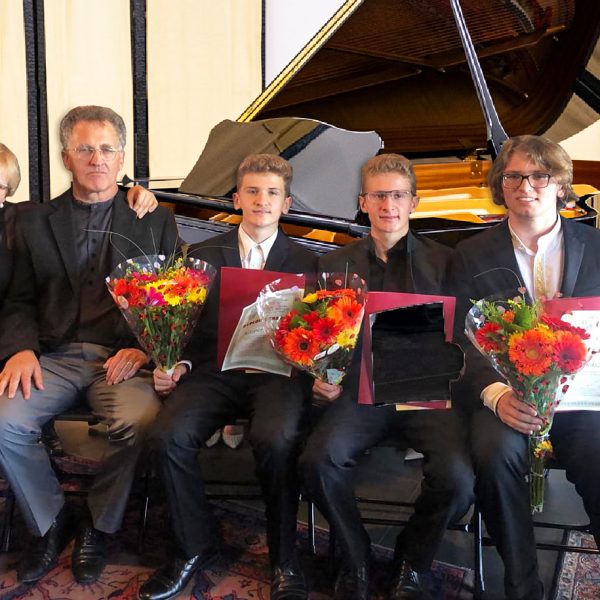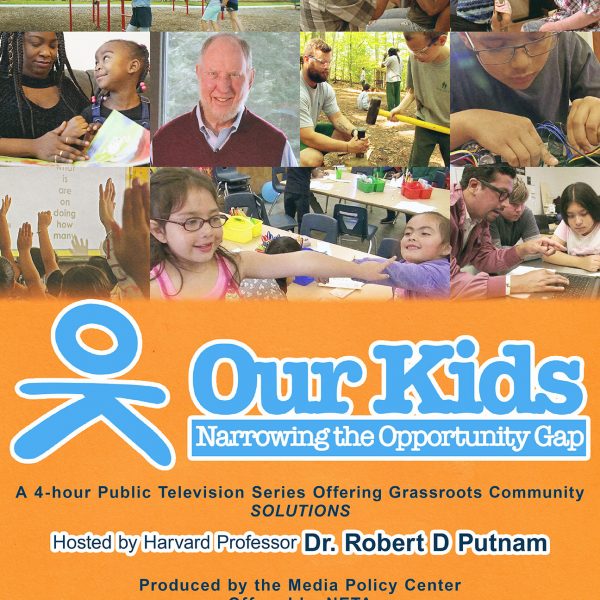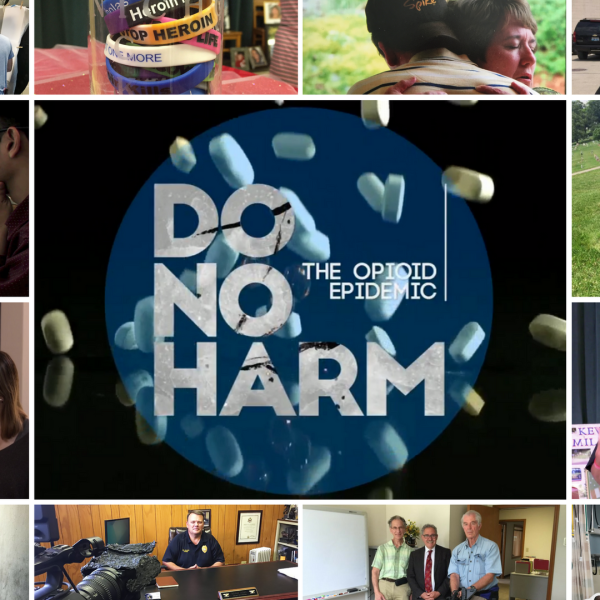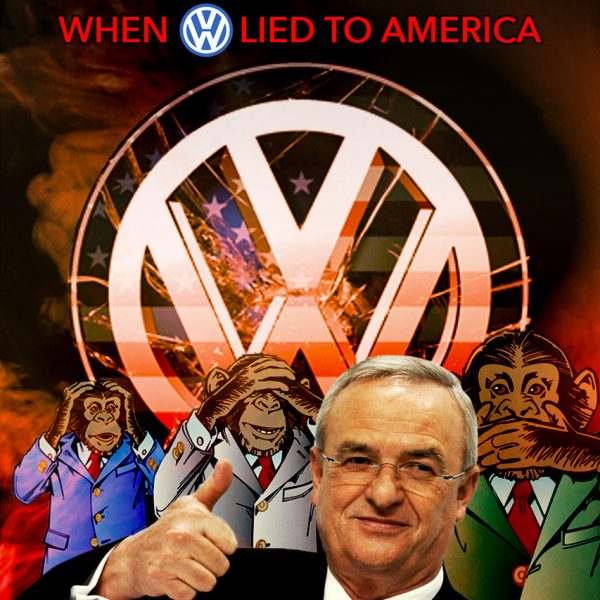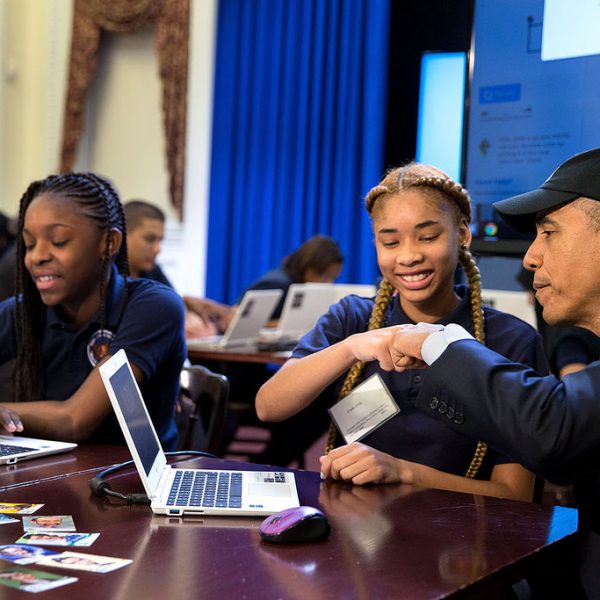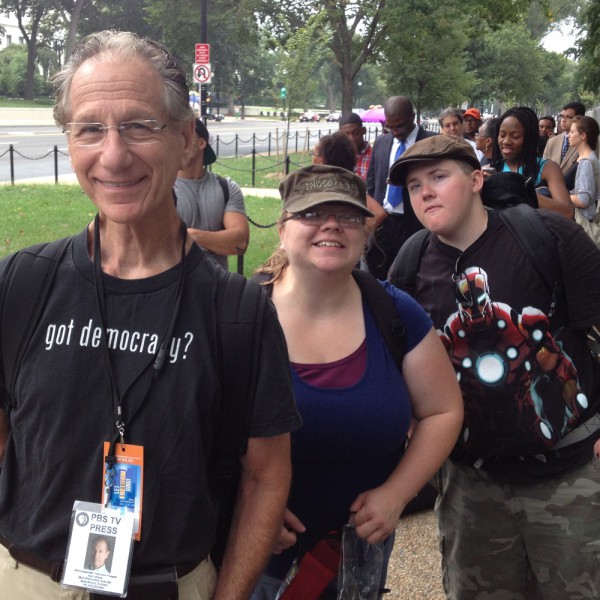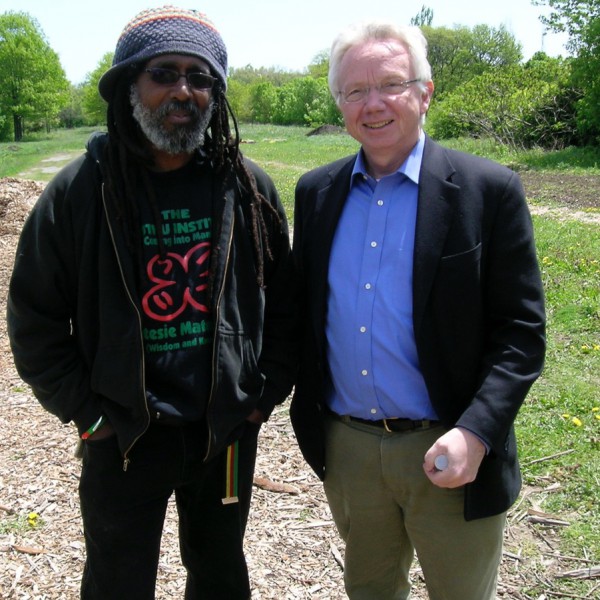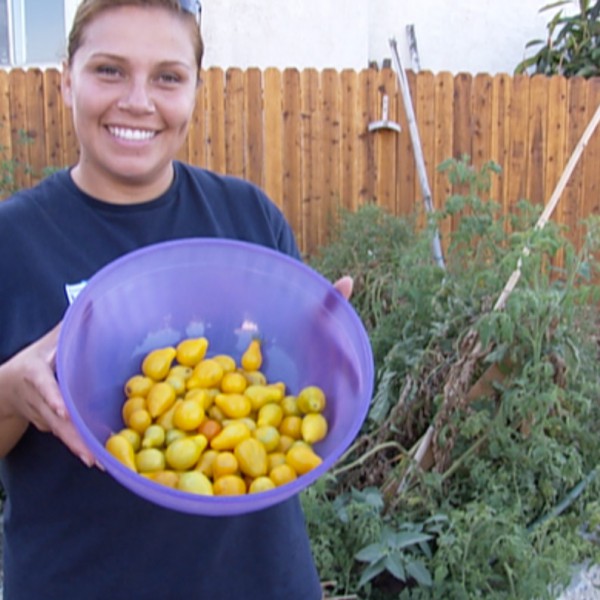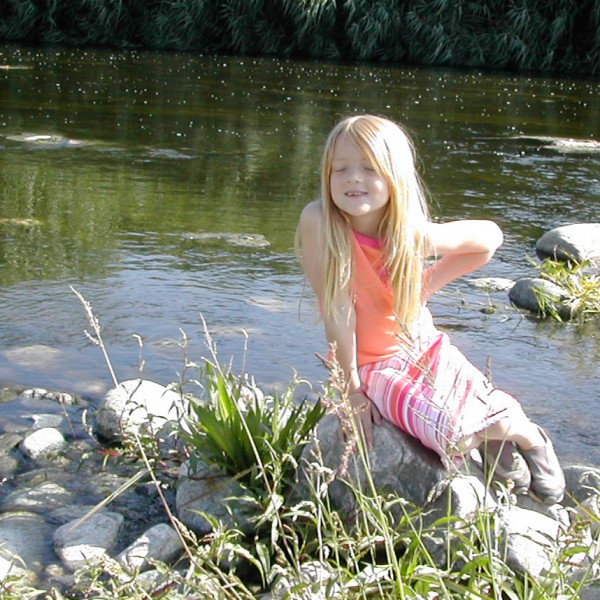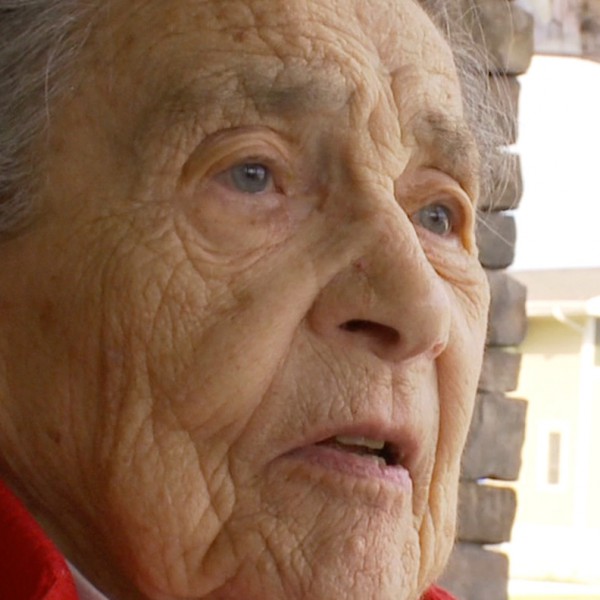When host and narrator Ed Begley Jr. revealed the first one-hour special, GROWING GREENER SCHOOLS, across PBS stations through the Earth Day Network on April 20, 2010, the people/messages within the program were so urgent, it was repeated 1,346 times in the first six months of its license window by more than 300 stations. PBS and Siemens, principal funders, profiled the gestation and growth of a fledgling concept, catalyzing educators, policymakers, and students nationally.
Today, frozen by COVID-19, forced to confront clearly the worst public health epidemic and climate change catastrophe, we can design compelling new media initiatives to combat these truly existential threats. Now is the time to tell solutions stories, almost 24/7, about how to grow greener kids in greener school environments. What does it take to convert—to mobilize—our 60 million school-children into the eco-warriors we require, based on evidence, science, and compacts with the Earth and each other…and how do we grow them fast, so they will be prepared to help themselves and all of us, as soon as possible, at the vortex of public health and climate change? MPC, known for its two-decade Ashoka-honored commitment to social justice/sustainability issues through media, is launching GGK 2.0. Children lead, with all their 50 shades of green, self-mobilizing, here and around the world. They, and their colleagues in the adult policy world, demand change and action in a social movement unprecedented in our human history. Change can begin alone at home, in neighborhoods, in schools, in government, and through leveraged media. Climate threats loom. Education/media/storytelling is the vital weapon. Catalyzing environmental sciences and public health solutions is more urgent. Our initial budget for a one-hour/early outreach will be $750,000. Please join us.
GGK 2.0 will be designed with a PBS broadcast date of Earth Day 2021:
– 2.5 months of R&D, including recruiting a new Board of Advisors of some twenty people, new first funding of $100,000 from one or more sources, for in-the-field assessment, evaluation, and crafting of content/style design, beginning ASAP;
– one one-hour program—possibly 2—in mind, hosted by a few new people, for national public television and other distribution/streaming venues;
– multiple profiles of 8-12 diverse leaders, young and seasoned, in different neighborhoods, geographies (perhaps international?), economies, environments, educational facilities public and private, across multiple spectrums of growth, progress, struggles, strategies, and outcomes;
– a companion book, solutions-based, to be published as concurrent with the broadcasts as possible, derived in part from the transcripts gathered in the field;
– a “how-to” workbook for community organizers, online; massive publicity;
– a vibrant, interactive “HUB” website and social media dynamic campaign;
– a series of 12 shorter videos, online and off, for classroom/meeting use;
– a vast array of children’s and environmental organizations as outreach partners, coordinated by each other, with neighborhood events, engagement activities, school partnerships, and televised town hall meetings selectively.

